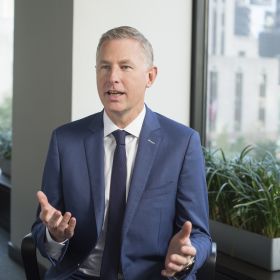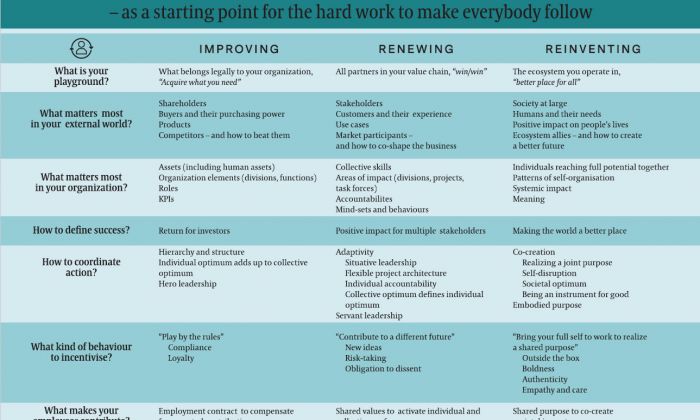This article first appeared inFortuneon the 24th of April, 2018 and is republished here with their kind permission.
领导从来没有easy. Yet given the current volatility of the external world—stemming from geopolitical uncertainty, activist pressure, a new generation of employees, and digital disruption—running a large company is both more challenging and less secure than it’s ever been, as the daily drumbeat of CEO departures shows. Indeed, according to our own research, more than one-third of the world’s largest public companies have had three or more CEOs in the past decade.
首席执行官的角色are also changing because thekindof leadership required for success has changed. Today’s leaders know and appreciate that the paradigm has shifted to a flexible, adaptable, and above all, self-aware model—just as a generation of executives who were shaped in a more command-and-control, top-down era takes charge. As they enter this new era of leadership, chief executives acknowledge that they need help bringing out the more human side of being a leader—from their teams, their peers, and, most of all, their boards of directors.
In a new survey,Egon Zehnderasked 402 chief executives from 11 countries—CEOs whose companies together make up an estimated $2.6 trillion in revenues—about leadership. When asked if they needed the capacity to transformthemselvesin tandem with their organization, 79% said yes. They understand that the hierarchical and clinical approach to being a CEO no longer works. CEOs today see themselves on a dual journey—one in which they evolve as leaders as their own companies are in a similar state of transformation.
Encouragingly, CEOs expressed confidence in their ability to handle the practical aspects of the role—the “doing” part, as we call it. Nearly three-quarters (74%) of surveyed CEOs said their prior achievements and experiences prepared them to be CEO. More than four-fifths (82%) said they were comfortable shaping the overall vision for the company.
But when it came to “being” CEO—personifying the less tangible, more emotional parts of leadership—chief executives shared feelings of frustration. Achieving the personal transformation required for leadership success has proven difficult: Nearly half (48%) said that finding time for self-reflection was tougher than expected. Meanwhile, many CEOs found the ‘human’ aspect of the role more difficult than expected. Almost half (47%) said that developing their senior leadership team was harder than anticipated, and 50% said the same about driving culture change.
This may be because many CEOs reached the corner office with preparation that covers only a fraction of what is needed. Often, their track record has included experience-oriented preparation or leadership-oriented training that did not focus on self-awareness or adaptability to changing circumstances. Nearly half (44%) of CEOs said they did not go through a formal succession process, and of those who had, 19% rated the process as poor. Interestingly, CEOs who had been internally selected were less confident overall than those brought in from the outside, with just 28% of them saying they were fully prepared for the role, compared with 38% of external hires.
Complicating matters is the fact that many CEOs feel they must bear the burden of decision-making alone. In an alarming statistic, just 38% of CEOs said they look to their board chairs for feedback. This may be because CEOs are not supposed to admit vulnerability—or it may be because directors are focusing too much on process and performance and not enough on the other elements of leadership. Boards must work oncontinuousdevelopment of their CEOs; after all, the selection of a chief executive is a starting point, not an end point.
Why does this matter? Because if CEOs are not well versed in the human side of the role, they will fail—and the implications of that failure will affect not just their own success, but that of all stakeholders—shareholders, employees, and customers alike. CEOs shared that they need to develop not only their strategic and tactical thinking, but also their ability to listen and respond—both to their team members and, critically, to themselves.
We are heartened by the realization of CEOs that their leadership requirements have changed dramatically—and that that comes with both challenges and opportunities. But we must do as good of a job preparing executives to “be” CEO as to “do” the job itself.









